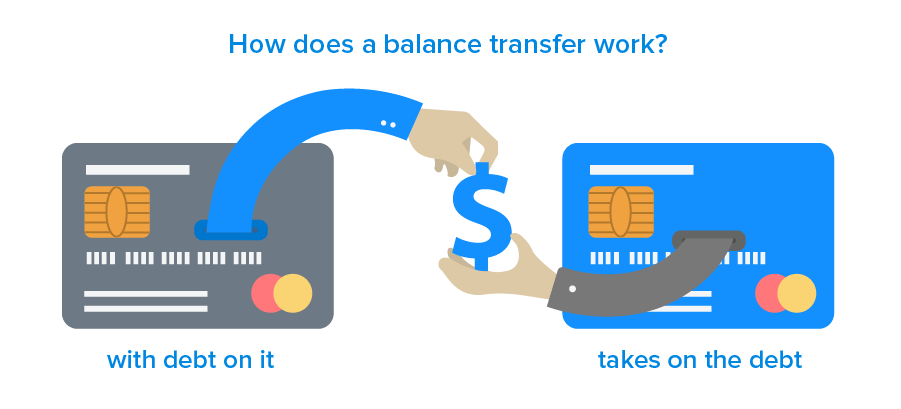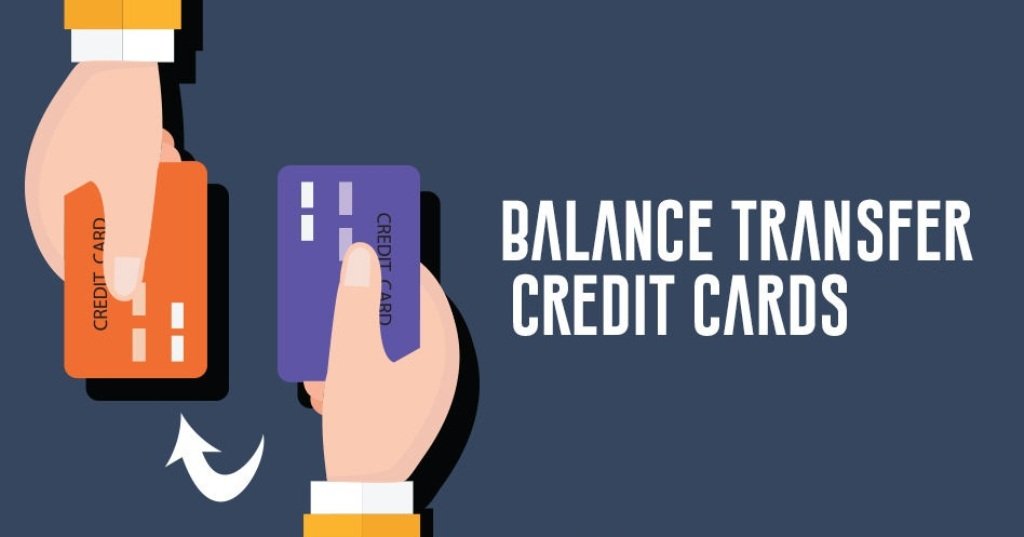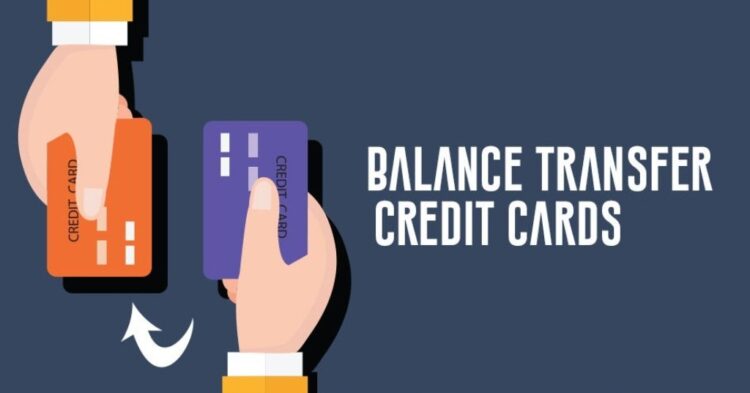
Credit cards transfer balance can be a powerful tool for managing debt, offering the potential to save money on interest charges and pay off your balance faster. Imagine this: you’re juggling multiple credit cards with high interest rates, feeling overwhelmed by the ever-growing balances. A balance transfer can help you consolidate your debt onto a single card with a lower interest rate, giving you a much-needed financial breather. However, it’s crucial to understand the ins and outs of balance transfers before jumping in. This guide will equip you with the knowledge you need to make informed decisions and maximize the benefits of a balance transfer.
This guide will explore the concept of credit card balance transfers, how they work, and the key factors to consider when choosing the right offer. We’ll delve into strategies for using balance transfers effectively, as well as the potential risks and alternatives to this debt management tool. By the end, you’ll be well-equipped to determine if a balance transfer is the right solution for your financial situation and navigate the process with confidence.
Potential Risks and Considerations: Credit Cards Transfer Balance

While balance transfers can offer a way to save money on interest, they’re not without potential risks. It’s crucial to understand the terms and conditions of the offer and consider how a balance transfer might impact your credit score.
High APRs After the Introductory Period
Balance transfer offers typically come with a promotional period, usually 6-18 months, during which you’ll enjoy a low or 0% APR. However, after this period, the APR will revert to the card’s standard rate, which can be significantly higher. If you don’t pay off the transferred balance before the introductory period ends, you’ll start accruing interest at the higher rate, potentially negating any savings you achieved.
Understanding the Terms and Conditions
Before transferring your balance, carefully review the terms and conditions of the offer. Pay attention to the following:
- Introductory APR and Duration: Understand the length of the promotional period and the APR that will apply after it ends.
- Balance Transfer Fees: Most balance transfer offers charge a fee, typically a percentage of the transferred amount. This fee can significantly impact your savings.
- Minimum Payment Requirements: Be aware of the minimum payment you’ll need to make each month. Failing to meet this requirement can result in late fees and potentially a higher APR.
- Credit Limit: Ensure that the new card has a sufficient credit limit to accommodate the transferred balance.
- Other Fees: Look for any additional fees, such as annual fees or over-limit fees.
Impact on Credit Utilization Ratio and Credit Score
A balance transfer can impact your credit utilization ratio, which is the amount of credit you’re using compared to your total available credit. When you transfer a balance, your available credit decreases, which can temporarily increase your credit utilization ratio. A high credit utilization ratio can negatively impact your credit score. However, if you pay down the transferred balance quickly, your credit utilization ratio will improve, and your credit score should rebound.
Alternatives to Balance Transfers

While balance transfers can be a helpful tool for managing credit card debt, they are not the only option available. Several alternative methods can help you pay off your debt, each with its advantages and disadvantages.
Debt Consolidation Loans, Credit cards transfer balance
Debt consolidation loans allow you to combine multiple debts into a single loan with a lower interest rate. This can simplify your payments and potentially save you money on interest.
- Advantages:
- Lower interest rates can lead to significant savings on interest payments.
- Simplifies debt management by combining multiple payments into one.
- Can improve your credit score by reducing your credit utilization ratio.
- Disadvantages:
- May require a good credit score to qualify for a low interest rate.
- May have origination fees, which can add to the overall cost of the loan.
- Can extend the repayment term, leading to higher total interest payments over time.
Debt consolidation loans can be a good option if you have multiple high-interest debts and a good credit score. However, it’s essential to compare interest rates and fees from different lenders before making a decision.
Final Thoughts

Mastering the art of credit card balance transfers can significantly impact your financial well-being. By understanding the mechanics, potential benefits, and associated risks, you can leverage this tool to your advantage. Remember, responsible use and strategic planning are key to achieving your debt reduction goals. Don’t hesitate to explore alternative debt management strategies if a balance transfer doesn’t align with your financial situation. With careful consideration and a proactive approach, you can take control of your debt and embark on a path towards financial freedom.
Frequently Asked Questions
What happens to my original credit card after a balance transfer?
Your original credit card remains open, but the transferred balance is no longer subject to its interest rate. You can continue using the card, but it’s recommended to pay it down as quickly as possible to avoid accumulating new debt.
Can I transfer my balance multiple times?
While you can technically transfer your balance multiple times, it’s not recommended as it can affect your credit score and lead to additional fees. Focus on finding a balance transfer offer with a low APR and long introductory period to minimize the need for multiple transfers.
How long does a balance transfer take to process?
The processing time for a balance transfer can vary depending on the issuer, but it typically takes 7-14 business days. It’s crucial to factor this time into your planning and ensure you have sufficient funds to cover any outstanding balances on your original card during the transfer period.





